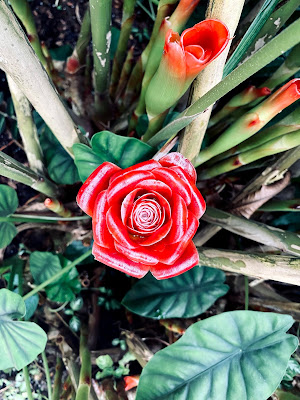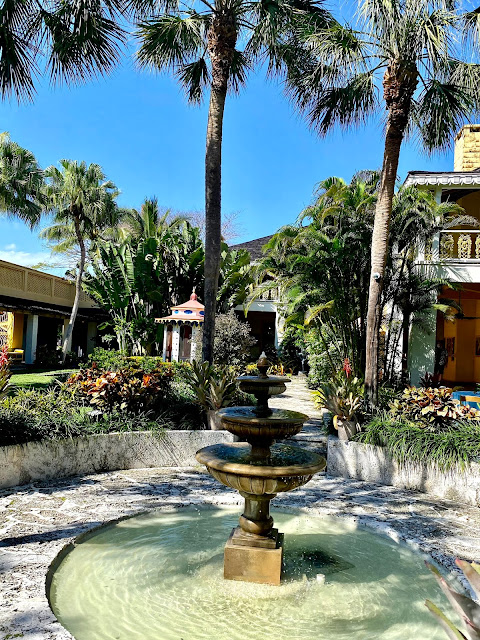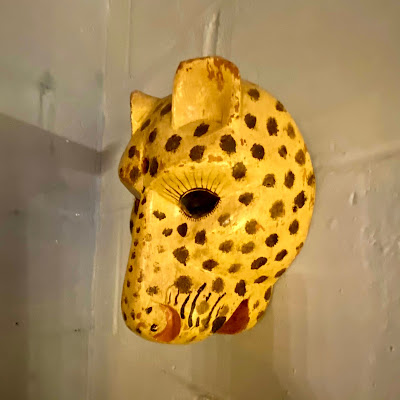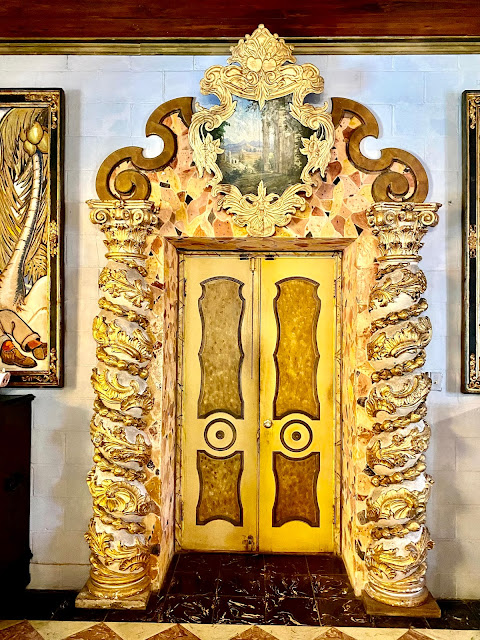Bidding Chris goodbye at the Miami airport after four months of cohabitation at the Folly dramatically increased the utility of Thom's two-seater. He picked me up at the Tri Rail station a little after noon.
Friday, March 26, 2021
Miami Day Trip
Monday, March 22, 2021
Rodham (5*)
Who knew? A juicy fairy tale with a happy ending facilitated by an ironic Agent Orange tweet, in which he defends a female presidential candidate from accusations of sexual harrassment:
The book also explores the loneliness of female intelligence and the literal dry spells that older women endure in their love lives. And a description of Hilary preparing for a date humanizes her so well that you wish Sittenfeld had served as her communications director instead of writing this novel.
I've run mostly hot and occasionally cold (her disastrous 2016 campaign) with Hilary ever since she broke on the political scene. Rodham justifies my early faith that she always would have made a far better president than her husband.
 |
| 2005 |
Sunday, March 21, 2021
Life Isn't Everything : Mike Nichols, As Remembered by 150 of His Closest Friends (5*)
Starfuckers rejoice: I doubt there ever has been a better line-up than these folks, mostly show biz, spilling the tea about their relationships with the entertainment lion, Elaine May's other half, the man with the golden touch, the Broadway and Hollywood wunderkind and the refugee from Nazi Germanywho proved that living well is the best revenge. Oh, and Mike Nichols bred horses, too.
In an oral history filled with terrific anecdotes, here's my favorite. Entirely, irrevocably bald EVERYWHERE after a childhood bout of scarlet fever, Nichols wore bad hairpieces until he cast Elizabeth Taylor as Martha in Who's Afraid of Virginia Woolf, the role that won her an Oscar. Liz insisted he consult with her Cleopatra hairdresser who created 30+ wigs for Mike, each a little longer than the previous one. He changed them sequentially, returning to the shortest at the beginning of each month, as if he'd just gotten a haircut! How genius is that?
If you're a fan of The Graduate, the behind-the-scenes peek at its making, is as good as it gets. And let the truth finally be told: Nichols broke up Simon & Garfunkel by casting Art in a starring role in Carnal Knowledge after cutting Paul from Catch 22.
Saturday, March 20, 2021
Bonnet House
 |
| Evelyn Fortune, Self Portrait |
 |
| Yellow Keys (detail) |









































































